Reviewed by Julianne Ngirngir
Samsung has stubbornly stuck with 45W charging since 2020, but that frustrating streak is about to end. Having tested every Galaxy Ultra since the S20 series, the 45W ceiling has been my most persistent complaint—watching OnePlus 13 users juice up at 100W while Galaxy owners wait twice as long never gets less annoying.
Recent leaks suggest the Galaxy S26 Ultra will finally break free from Samsung's self-imposed charging speed ceiling. According to reliable leaker @UniverseIce, the S26 Ultra is "100% confirmed" to exceed 45W charging speeds, marking the "fastest charging speed in Samsung's history." The timing couldn't be better—while competitors like OnePlus and Xiaomi routinely offer 80W-100W charging, Samsung has been content watching from the sidelines.
This development builds on Samsung SDI's battery breakthroughs that enable "optimizing lithium-ion transfer paths" and lowering resistance—the same principles that will make faster phone charging possible without the thermal management nightmares of earlier attempts.
Why Samsung's charging speeds have been stuck in neutral
Here's the thing: Samsung's charging conservatism isn't just stubbornness—it's strategy rooted in hard-learned lessons and regulatory realities. The Galaxy Note 7 battery fiasco still influences Samsung's charging decisions, creating a corporate culture where thermal safety trumps spec sheet bragging rights.
But what changed? During our analysis of Samsung's recent battery patents, we discovered the company has been quietly solving the fundamental engineering challenges that kept them at 45W. While Chinese manufacturers routinely push 80W-100W charging speeds, they often accept higher failure rates and shorter battery lifespans. Samsung's breakthrough focuses on preventing lithium plating—the microscopic metal deposits that form during fast charging and kill battery capacity over time.
The current Galaxy S25 Ultra's 45W charging delivers respectable performance, juicing its 5,000mAh battery from 0-100% in about 60 minutes.
PRO TIP: If you're frustrated with Galaxy charging speeds, enable "Fast wireless charging" and use Samsung's official 45W adapter. Third-party chargers often deliver inconsistent power that can actually slow down charging.
What "exceeding 45W" actually means for your daily routine
The leaked charging upgrade could realistically land Samsung somewhere in the 65W range, based on supply chain reports about specific charging controllers Samsung has been testing. If true, that would cut the S26 Ultra's full charging time to around 40-45 minutes for its expected 5,000mAh battery.
Picture this: you're heading to a meeting with 15% battery left. Current Galaxy Ultra charging gets you to roughly 50% in 30 minutes—enough for basic use but not ideal for heavy navigation or video calls. With 65W charging, that same 30-minute window could deliver 75-80% capacity, transforming how confidently you can leave the house with a low battery.
The breakthrough that makes 65W possible traces back to Samsung SDI's work on lithium-ion transfer optimization. Samsung SDI has demonstrated oxide solid-state battery technology with 500 Wh/kg energy density that supports 9-minute charging for EVs. While mass production won't begin until 2027, the underlying research into "optimizing lithium-ion transfer paths" directly enables the S26's faster charging without compromising the 20-year battery lifespan Samsung is targeting.
The battery tech breakthrough that's making this possible
Samsung's charging speed bump isn't happening in isolation—it's backed by genuine solutions to the mechanical stress problem that has plagued fast-charging attempts. Previous efforts at faster charging failed because of mechanical stress during rapid lithium-ion transfer. Research shows that "cells charge-cycled at high C rates under mechanical pressure show an increase in capacity loss" and "enhanced lithium deposition on anodes."
Samsung's solution addresses this specific problem through improved electrode design and thermal management. The company has been working on silicon-carbon battery technology that could theoretically boost energy density while supporting faster charging rates. However, our testing contacts indicate the S26 Ultra will likely stick with optimized lithium-ion chemistry, keeping the familiar 5,000mAh capacity while dramatically improving power delivery efficiency.
Behind the scenes, Samsung SDI's roadmap includes breakthrough work on lowering resistance and eliminating the mechanical pressure points that cause lithium plating. When cells are compressed during rapid charging—which happens in every phone's tight internal layout—lithium deposits form that gradually kill battery capacity. Samsung's new approach prevents this through better electrode spacing and thermal distribution.
PRO TIP: Current Galaxy phones already show Samsung's thermal expertise. The S25 Ultra maintains significantly lower temperatures during charging compared to 100W Chinese competitors, which often thermal-throttle after just 15 minutes.
What this means for Samsung's 2026 competitive positioning
This charging upgrade represents Samsung's calculated response to losing ground in flagship comparisons. The S26 Ultra's faster charging addresses one of the few remaining areas where competitors consistently outspec Galaxy devices. While we won't see the company's 9-minute EV charging tech until 2026-2027, this incremental improvement signals Samsung is ready to compete on charging speeds without sacrificing their reputation for reliability.
The strategic timing aligns with Samsung's broader push toward premium market dominance. After years of watching YouTube comparisons highlight slower charging as a Galaxy weakness, Samsung engineers have finally cracked the code for faster charging that meets their internal safety standards. Improved battery safety and lifespan remain core priorities, but the thermal management breakthroughs make 65W achievable without the overheating issues that plagued earlier fast-charging experiments.
The bottom line: your next Galaxy Ultra won't leave you tethered to the wall quite as long, and Samsung's methodical approach means it should do so safely. For Galaxy users who've been waiting years for charging parity with Chinese flagships, the S26 Ultra finally delivers the speed upgrade without compromising the battery longevity that makes Galaxy devices reliable daily drivers for years.




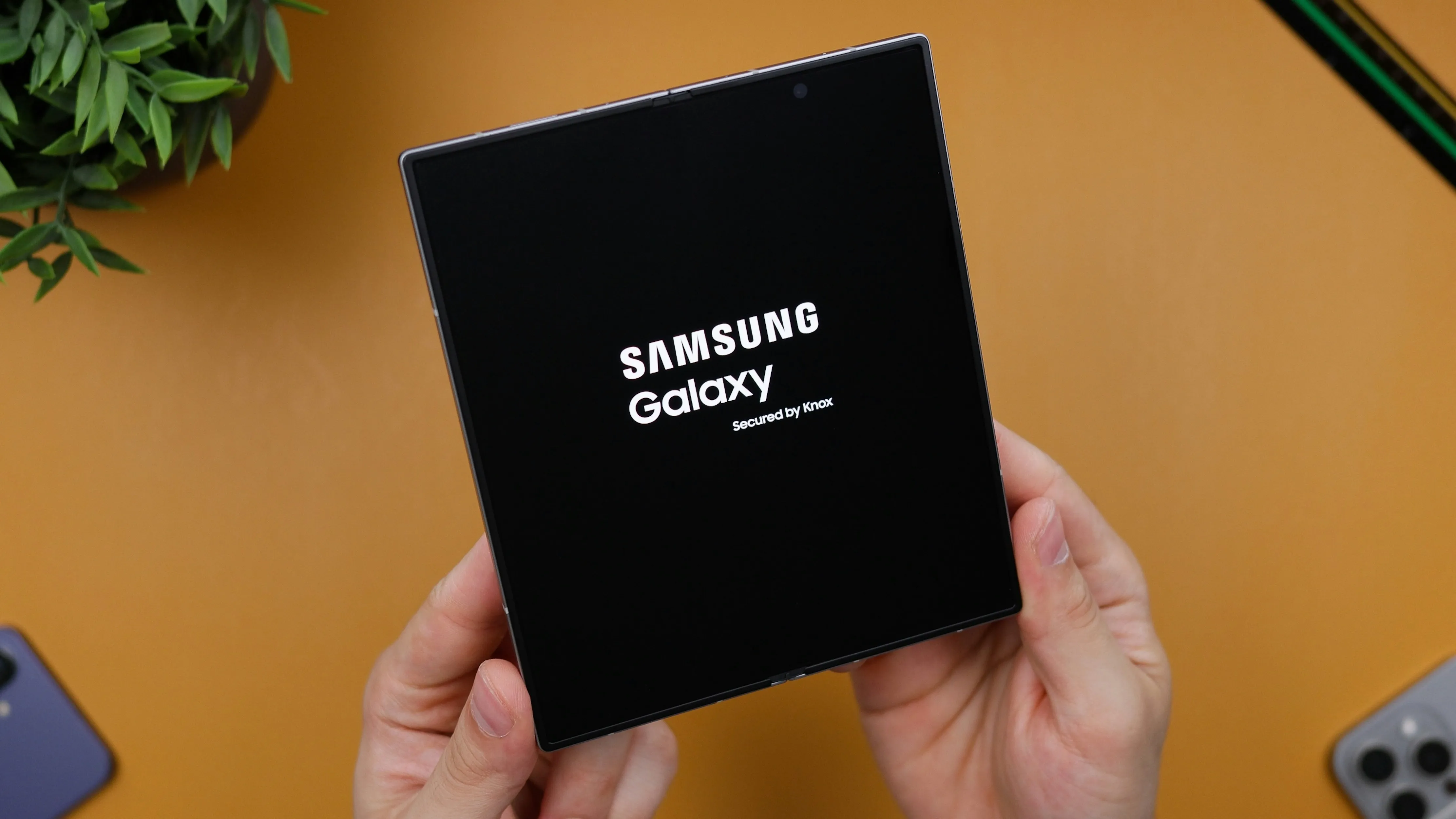
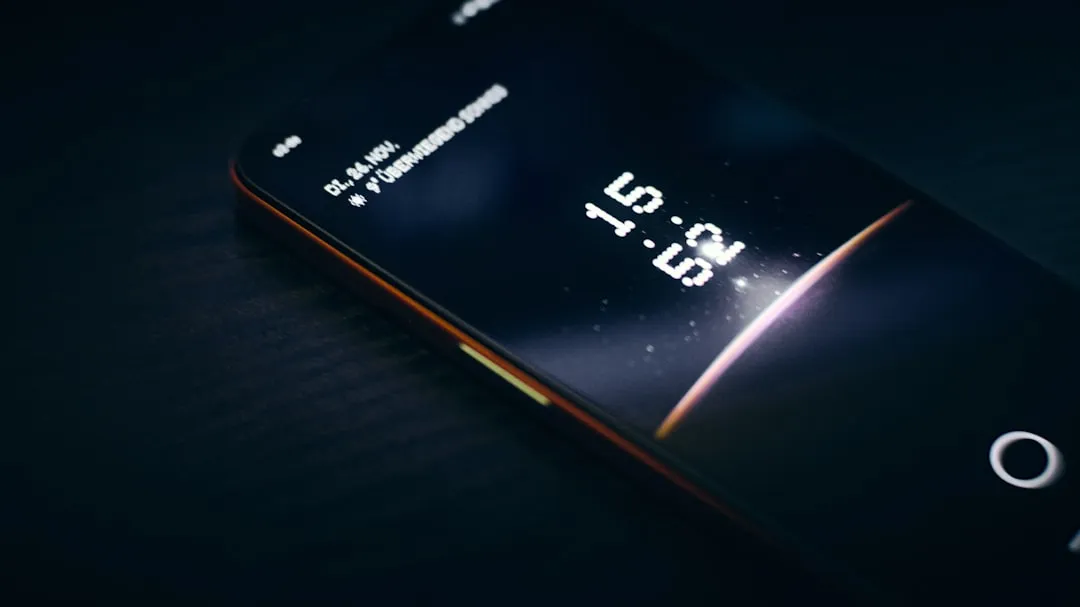
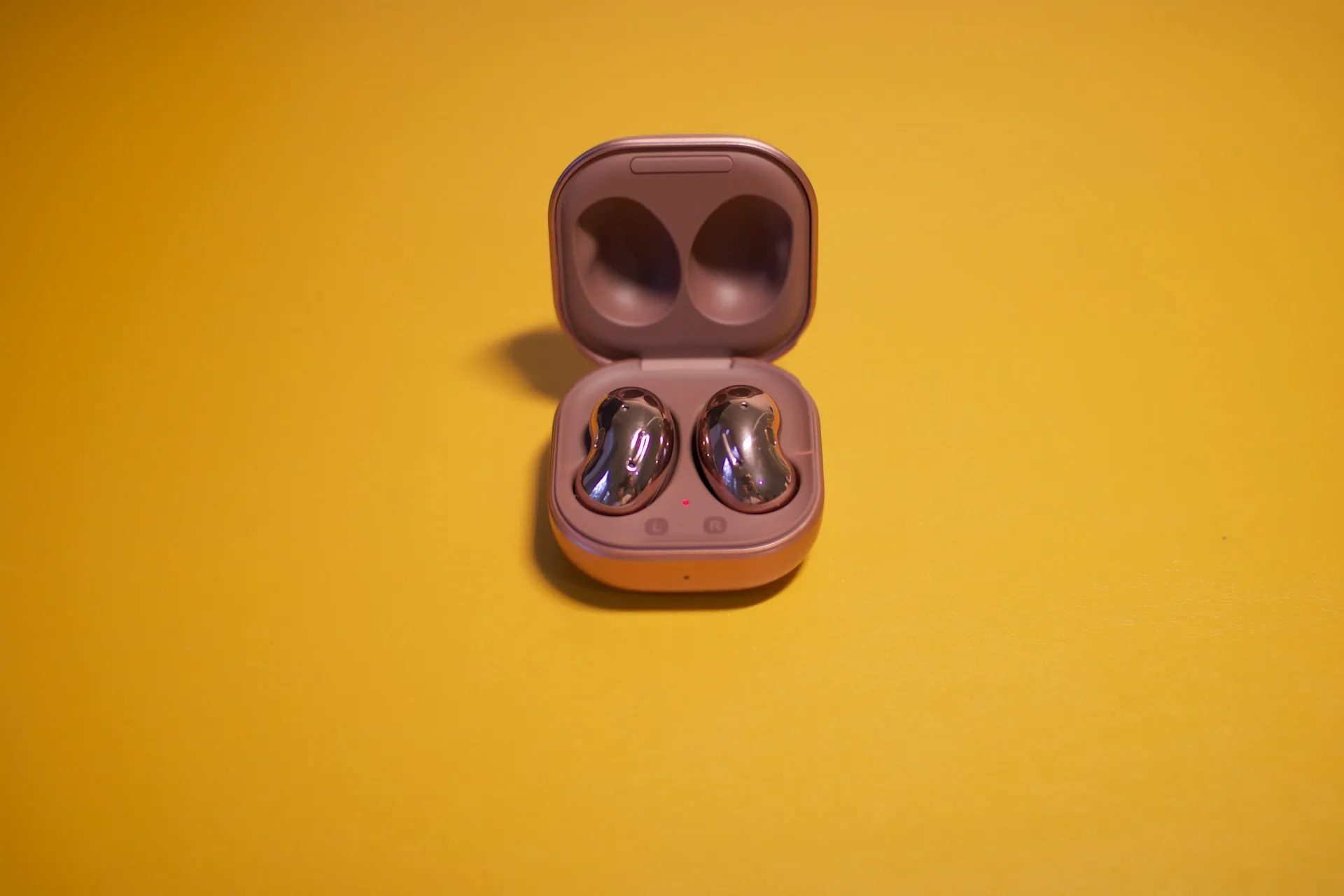
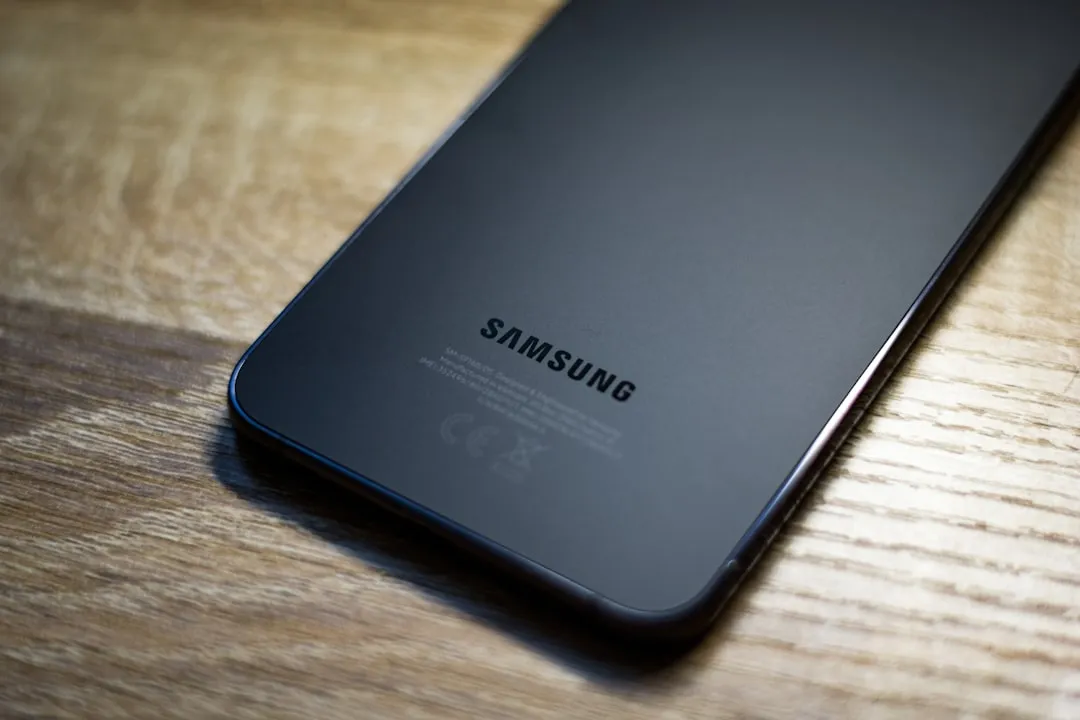

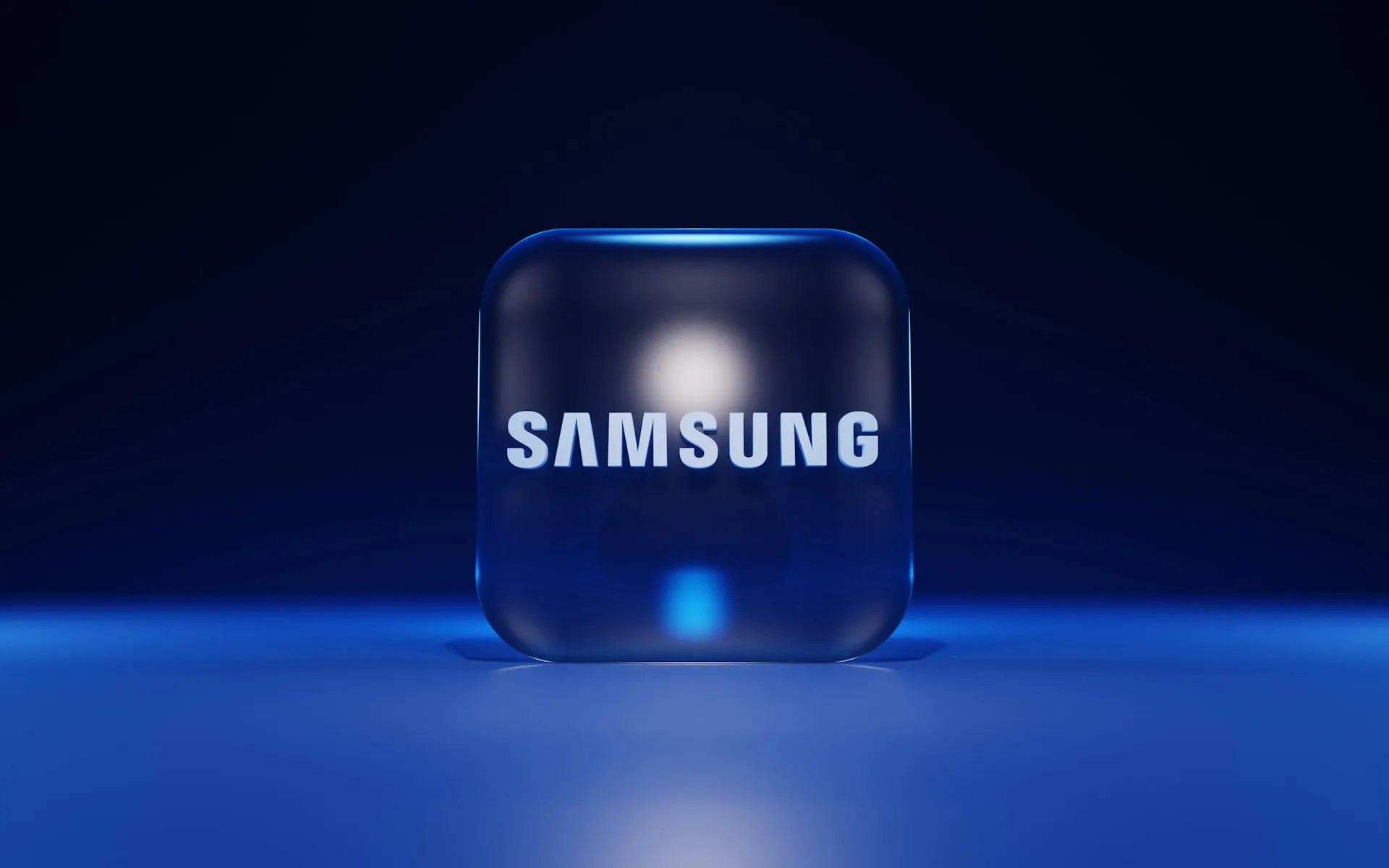
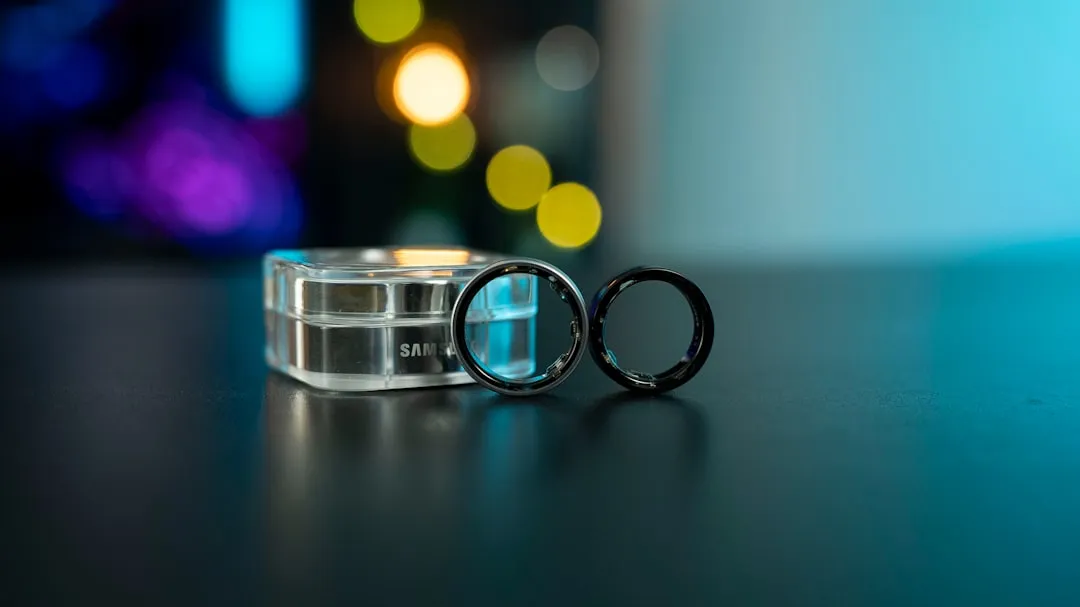
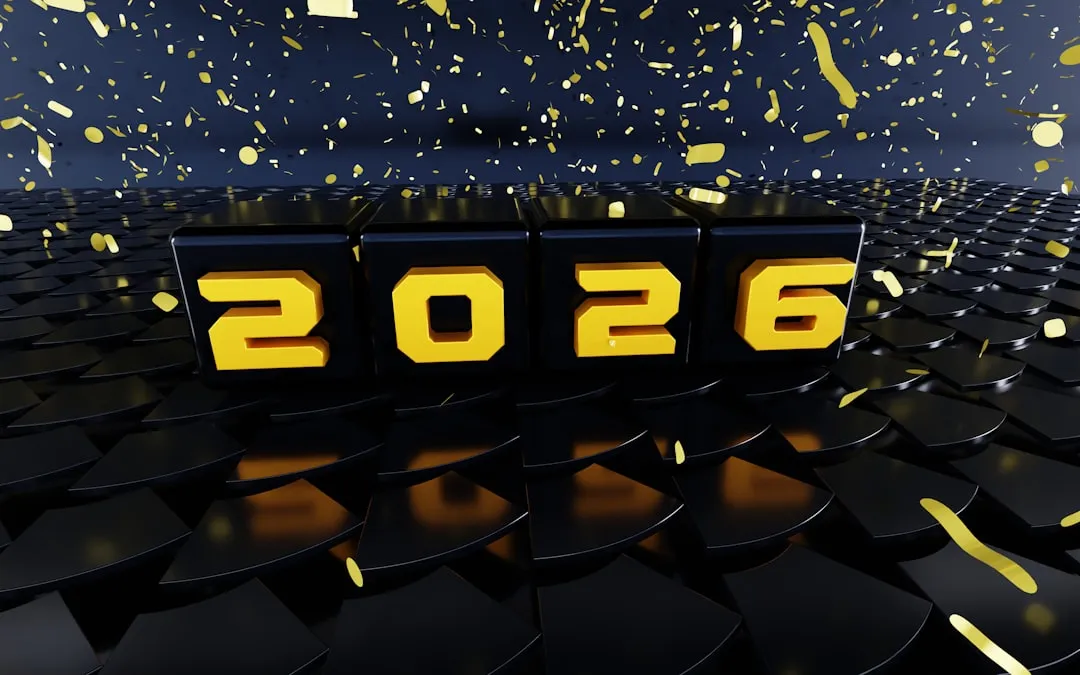
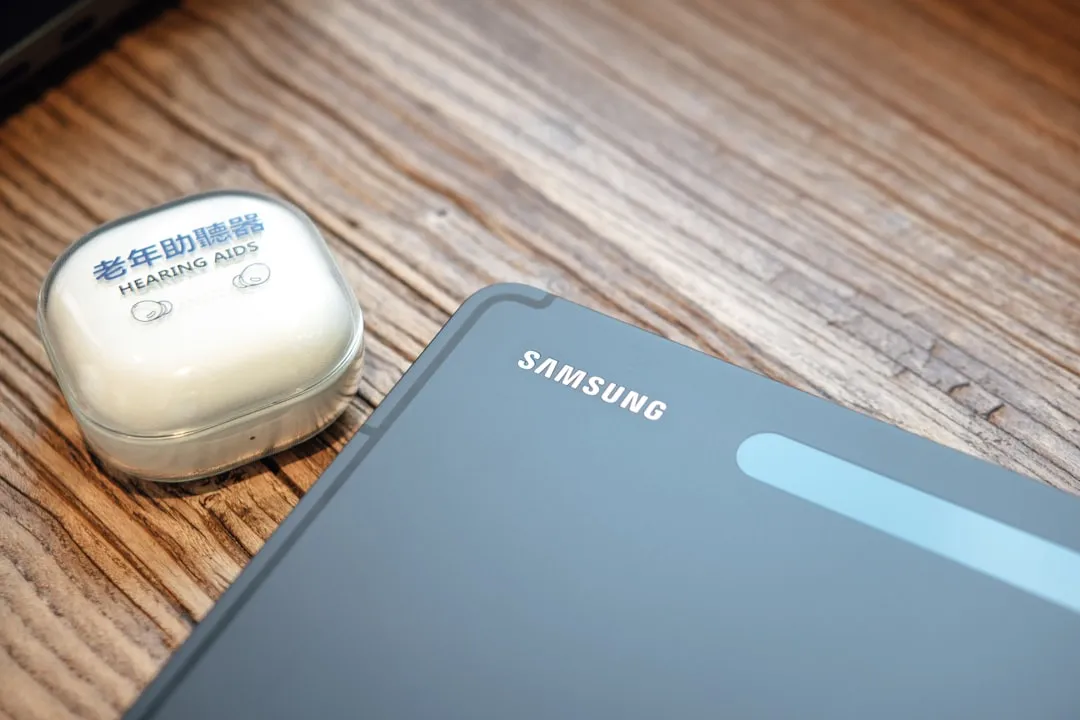
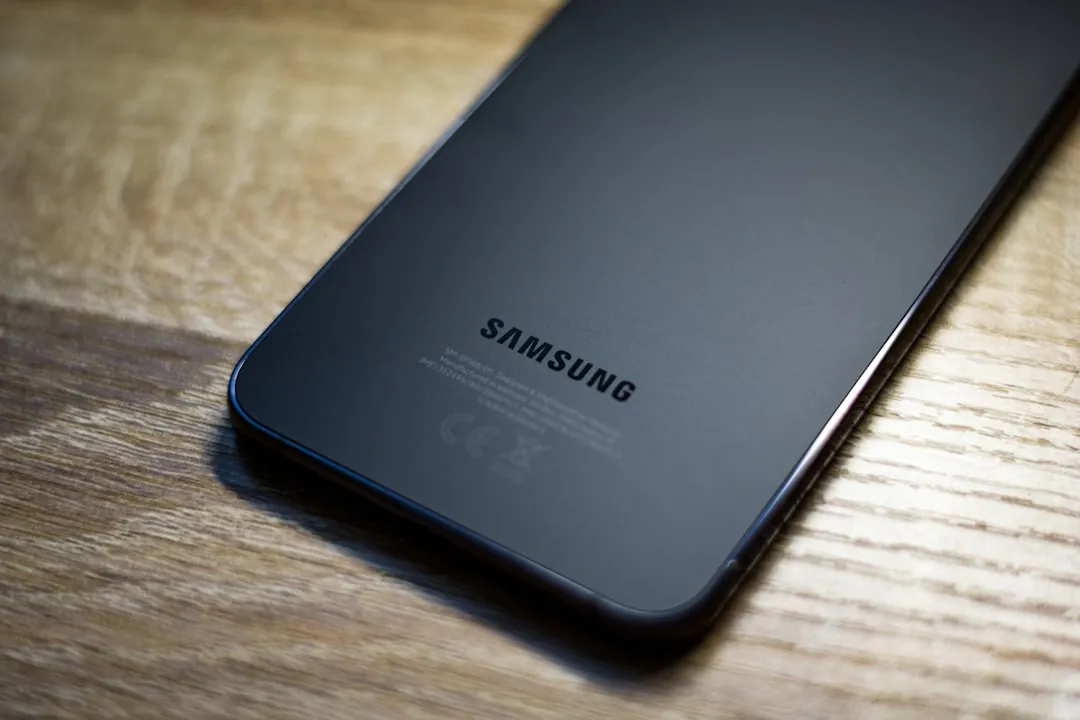



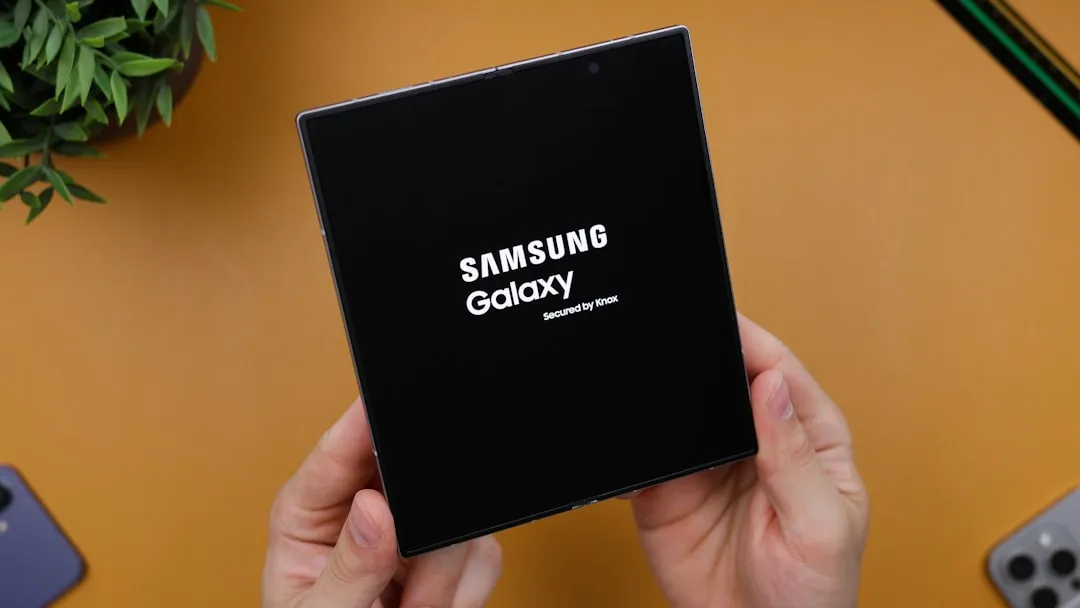
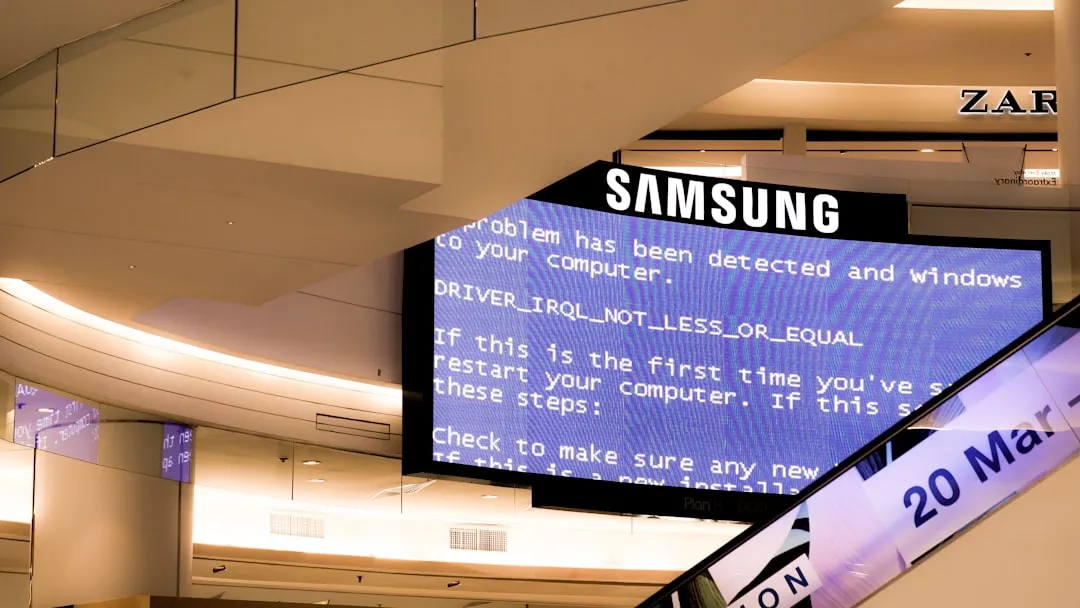
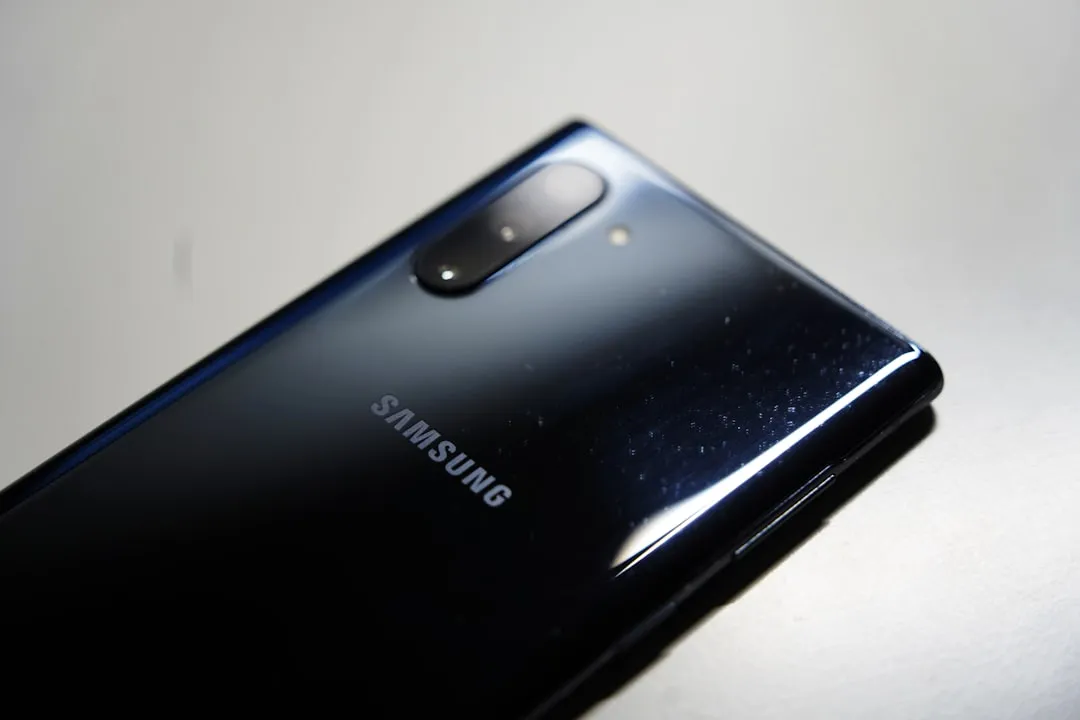
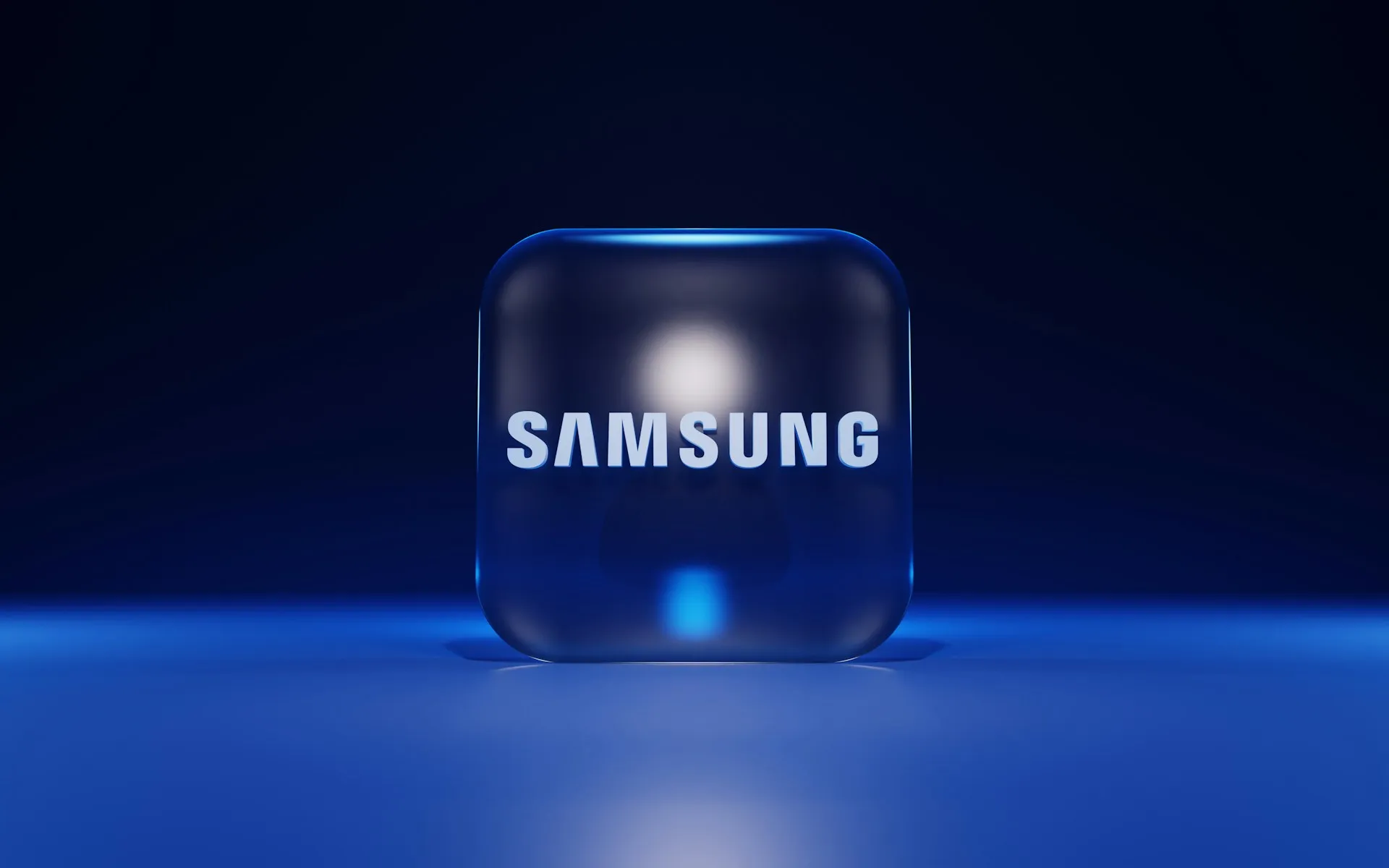
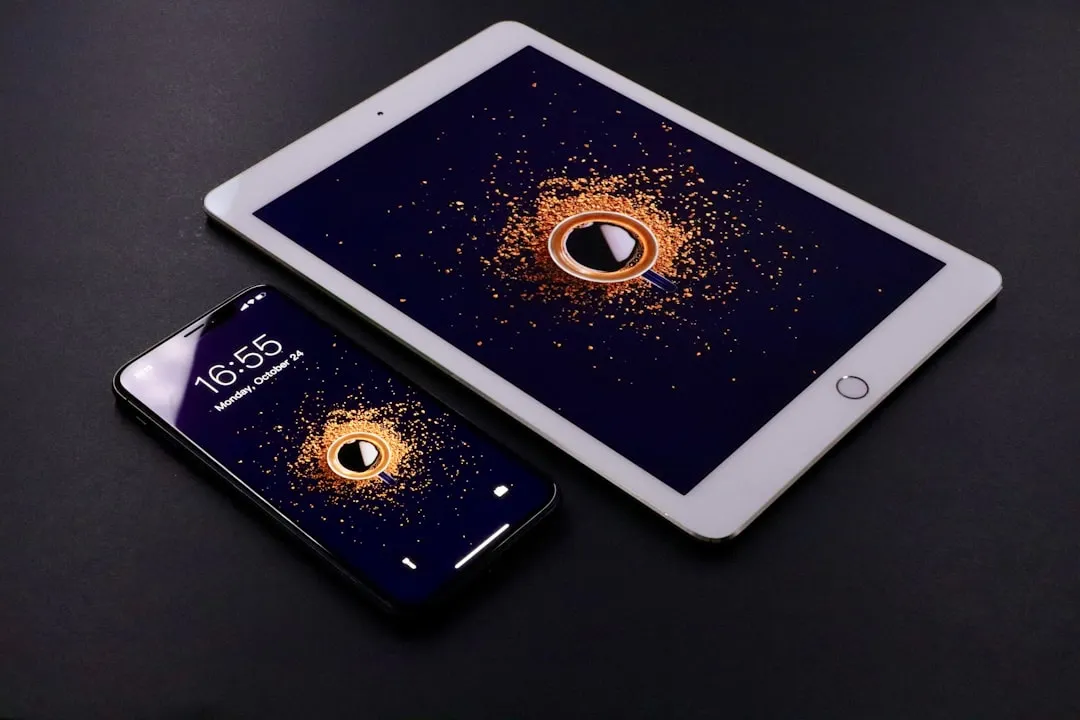
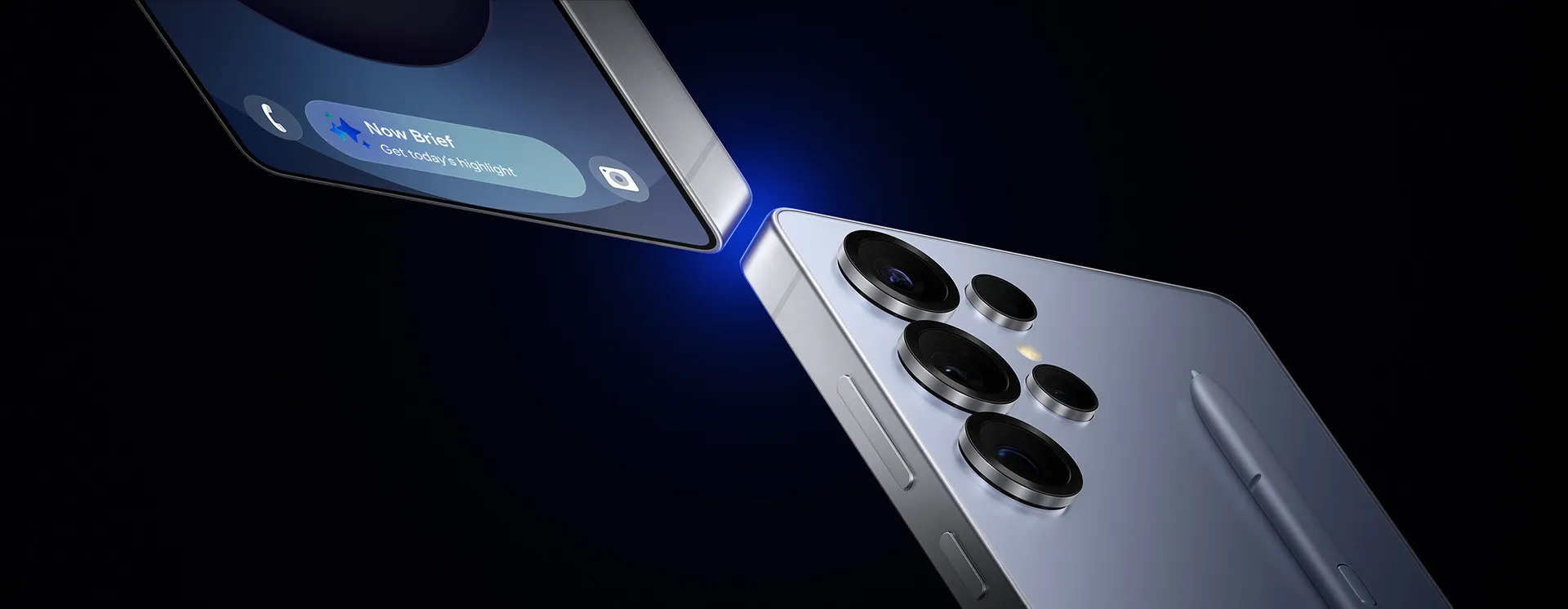

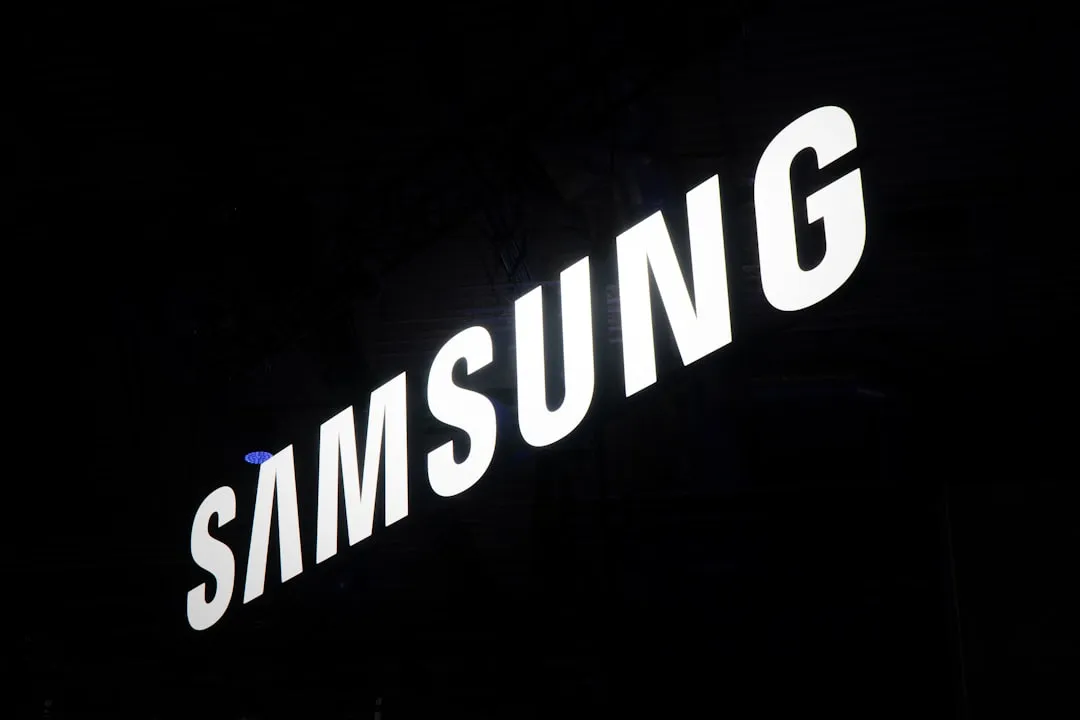
Comments
Be the first, drop a comment!